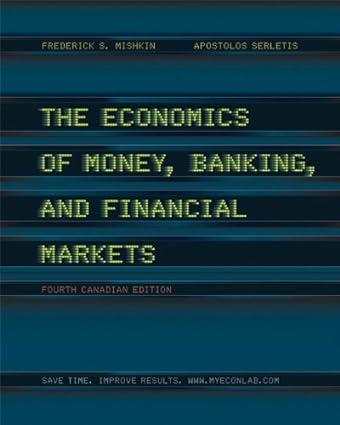Question
Model 2: Four Possible Differential Rate Laws for a Reaction Reaction: Cr(H2O)6+ (aq) + SCN-(aq) -------> Cr(H2O)5SCN2+(aq) + H2O (l) Possible Rate Law 1: R
Model 2: Four Possible Differential Rate Laws for a Reaction Reaction: Cr(H2O)6+ (aq) + SCN-(aq) -------> Cr(H2O)5SCN2+(aq) + H2O (l) Possible Rate Law 1: R = k [Cr(H2O)6+]0[SCN-]1 Also written as: R = k [SCN-] Possible Rate Law 2: R = k [Cr(H2O)6+]1[SCN-]0 Also written as: R = k [Cr(H2O)6+] Possible Rate Law 3: R = k [Cr(H2O)6+]1[SCN-]1 Also written as: R = k [Cr(H2O)6+][SCN-] Possible Rate Law 4: R = k [Cr(H2O)6+]0[SCN-]2 Also written as: R = k [SCN-]2
2c) Based on Possible Rate Laws 1-3, what can be implied about the order of a reactant if it appears in the rate law but does not have an exponent explicitly shown in the also written as column? Reference a specific case in your answer:
2d) Possible Rate Laws 3 & 4 are both second order overall. What is third way this reaction could be second order overall? Answer the question by writing a Possible Rate Law 5 that is second order overall: Rate = 2e) If this reaction was found to be zeroth order overall, what would the rate law be? Rate = 2f) Based on all above examples of rate laws on this page, what general statement can you make about where product(s) appear in a rate law?
Step by Step Solution
There are 3 Steps involved in it
Step: 1

Get Instant Access to Expert-Tailored Solutions
See step-by-step solutions with expert insights and AI powered tools for academic success
Step: 2

Step: 3

Ace Your Homework with AI
Get the answers you need in no time with our AI-driven, step-by-step assistance
Get Started


